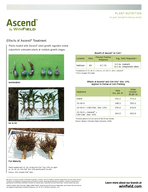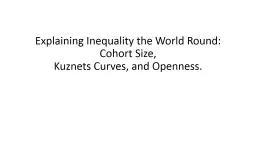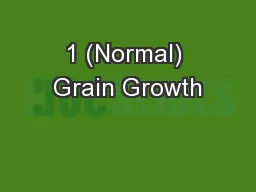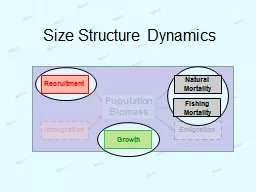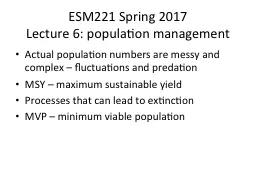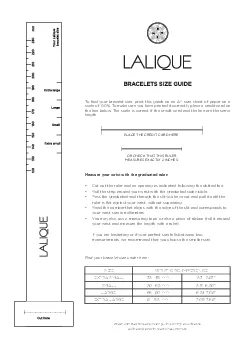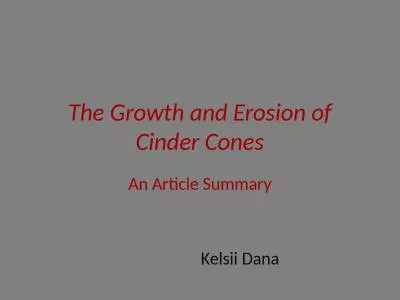PPT-Part VI: On size and Growth
Author : marina-yarberry | Published Date : 2016-07-28
Brandon Groeger March 23 2010 Chapter 18 Form and Growth Chapter 19 Symmetry and Patterns Chapter 20 Tilings Outline Chapter 18 Form and Growth Geometric Similarity
Presentation Embed Code
Download Presentation
Download Presentation The PPT/PDF document "Part VI: On size and Growth" is the property of its rightful owner. Permission is granted to download and print the materials on this website for personal, non-commercial use only, and to display it on your personal computer provided you do not modify the materials and that you retain all copyright notices contained in the materials. By downloading content from our website, you accept the terms of this agreement.
Part VI: On size and Growth: Transcript
Download Rules Of Document
"Part VI: On size and Growth"The content belongs to its owner. You may download and print it for personal use, without modification, and keep all copyright notices. By downloading, you agree to these terms.
Related Documents


